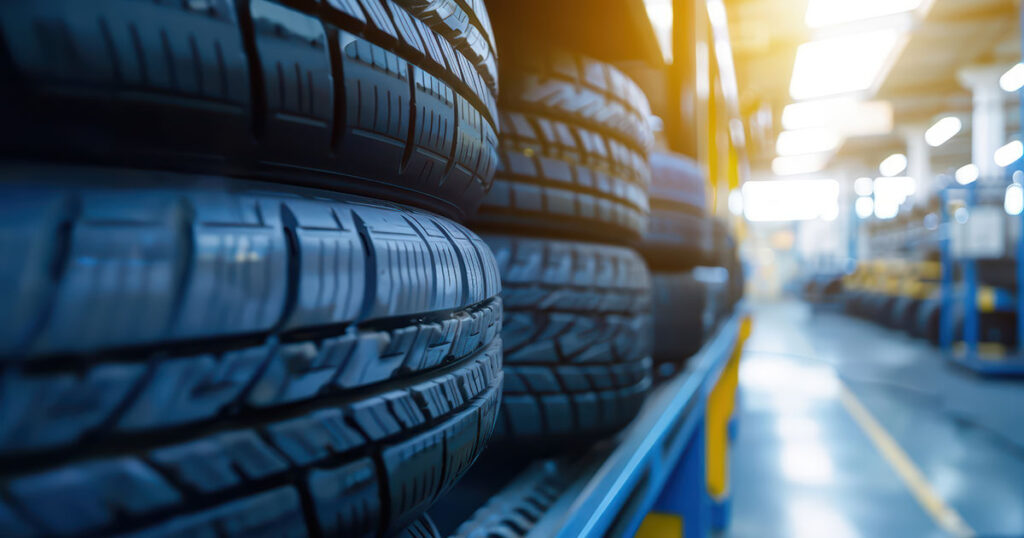Each year, the United States alone produces over 250 million end of life tires, the majority of which are destined for landfills, stockpiles, or illegal dumping grounds. These tires can take decades or even centuries to decompose, all while emitting harmful chemicals into the atmosphere and posing serious fire and health hazards.
But what if used tires weren’t waste?
What if they were part of a sustainable economic structure?
Traxion’s Tire LifeCycle Network is redefining tire waste management by creating a closed-loop system that not only diverts tires from landfills but injects value back into the economy through every phase of the process.
Rather than allowing used tires to pile up in landfills or dubious storage sites, the Traxion LifeCycle network puts them to back work: by collecting, repurposing, and recycling used tires into new economic roles.
This full-circle system reduces environmental harm while generating remarkable value for industries, retailers, and local communities alike.
Understanding Traxion’s LifeCycle Network
Traxion’s Tire LifeCycle Network is composed of three fundamental pillars:
- Collection of tires is streamlined through national retail partnerships, allowing rapid recovery of high volumes of product in a fraction of the time it takes traditional recyclers. By streamlining the intake process, Traxion ensures valuable tire material doesn’t sit idle, or worse, end up in a landfill.
- Wholesale of tires through Traxion’s wholesale division identifies high-quality tires through rigorous quality control standards, meeting a growing demand for affordable, reliable tire options, particularly among fleet operators and used vehicle markets.
- Recycling of tires that don’t meet the mark; used tires are shredded, processed, and repurposed for a wide range of industries, ranging from construction to energy. This critical phase transforms tire waste into value and sustainability.
Traxion’s unique model ensures each tire serves a purpose, allowing used tires to flow effortlessly from one phase of life to the next. As a result, Traxion is contributing to landfill diversion and opening doors for the innovative usage of recycled, repurposed tire materials.
Cui Bono (“Who Benefits”)?
The direct result of Traxion’s Tire LifeCycle Network is a self-sustaining tire ecosystem that offers opportunity and profit to all stakeholders, far and wide:
- Businesses lower costs and reduce liability through responsible disposal.
- Consumers gain access to quality, used products at competitive prices.
- Communities avoid the hazards and environmental burdens of tire dumps and landfills. Left unchecked, used tire waste substantially costs local communities in cleanup and enforcement alone.
- The environment benefits from reduced pollution, emissions, and material waste, while realizing the potential of sustainable energy alternatives.
According to a 2022 study performed by the U.S. Tire Manufacturer’s Association, about a billion scrap tires were stockpiled across the country in 1990. By 2021, over 95% of those tires had been remediated.
While promising, approximately 50 million more stockpiled tires remain.
With the Traxion Tire LifeCycle Network, we aim to bring positive resolution to statistics like the one above.
The used tire crisis should not be viewed merely as an environmental issue… it’s an economic one. At Traxion, we see tires as an opportunity, and our catalyst for growth.
Learn more about the Traxion Tire LifeCycle Network by visiting our homepage.
